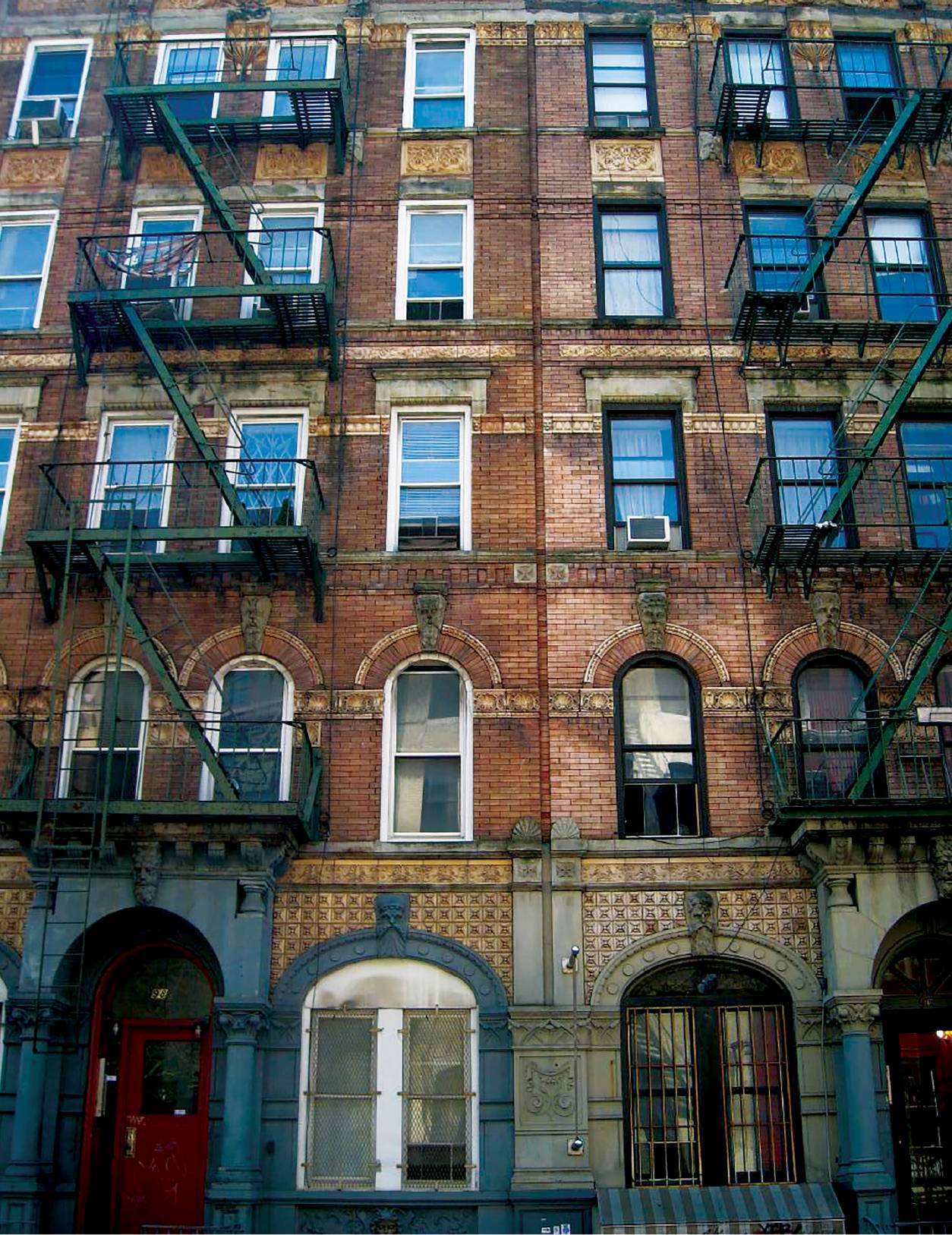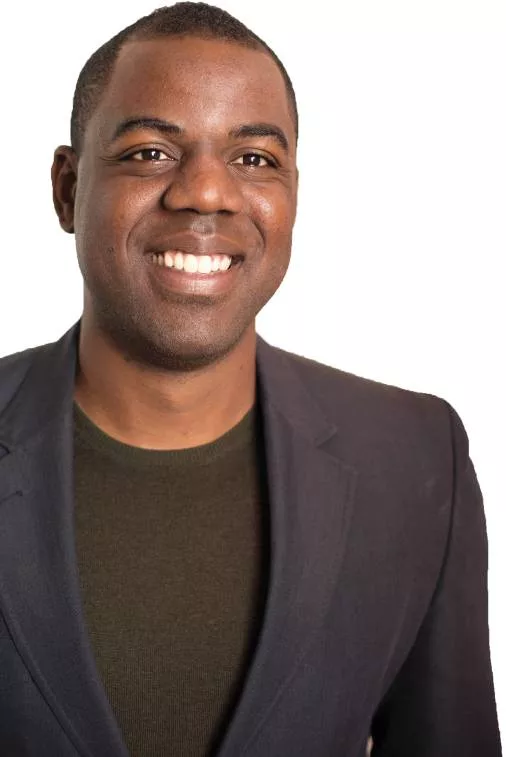The leadership team at BlocPower could have used their Ivy League educations to pursue careers in the banking industry; instead they chose a career path devoted to transforming underserved communities while simultaneously identifying a major market opportunity for energy efficiency improvements in buildings. Today, energy service companies focus mainly on the MUSH market — municipalities, universities, schools, and hospitals — and the large commercial market, leaving the virtually untapped $400 billion market opportunity of smaller buildings on the table. New York-based BlocPower decided to target this market segment not only because it is a $400 billion market, but also because the senior leadership team has a personal connection to inner-city America — where many of these smaller buildings are — and they identified a unique business model that would address many of the issues that typically plague low-income communities, including:
• Inefficient buildings, causing high energy bills
• A lack of community education related to energy
• High rates of unemployment
• A lack of technical and engineering assistance
• High rates of health problems such as asthma
• A lack of access to financing for energy-related projects
Most members of the BlocPower team grew up in low-income communities and still have family members residing there. According to founder and CEO Donnel Baird, his team members “have a good understanding of what works and what doesn’t in these communities and how to change them. It is not an abstract idea to them; it is something that is bred into the everyday fabrics of their lives.” The team wanted to be able to scale their impact — they were not interested in serving ten families; they wanted to serve millions of families. They wanted to significantly reduce carbon emissions, and they wanted to create a new avenue for job creation to combat high unemployment rates in the communities they serve.

“The divestment conversation needs reinvestment opportunities.”
THE SOLUTION
In 2012, BlocPower was born. The organization brings energy efficiency and renewable energy to a new market segment, inner cities, at scale. It organizes and develops “Blocs” of energy efficiency and renewable energy projects that target churches, synagogues, nonprofits, and small businesses in the under-served communities of inner-city America. BlocPower then connects institutional and impact investors to these micro-portfolios of projects through an online platform and facilitates the hiring of well-trained, hard-to-employ, low-income workers for projects.
FINANCING MODEL
In order to transform old buildings and reduce carbon emissions at scale, institutional capital is key. Before BlocPower officially opened its doors, the team interviewed more than 200 institutional investors (private equity and venture capital firms, investment banks, and hedge funds) to ask what it would take to give them a level of comfort high enough to invest their capital in the energy efficiency industry. The interviewees said they would need to see a fairly large transactional size, at least $5 million to $10 million per project, in order to cover their own costs for diligence and underwriting. In order to create such projects in this market segment, BlocPower aggregates smaller projects into bundles and houses them in a financial instrument called a Special Purpose Vehicle (SPV). This structure is understood by the investors and makes sense to them from a profitability standpoint.
Explanation of the financing structure:
1. Projects are placed in a Special Purpose Vehicle
2. BlocPower provides equity capital
3. Investors and financial institutions provide debt capital
4. The cash flow from energy bill savings is split among energy customers, institutional lenders, and BlocPower
CROWDSOURCING FOR EFFICIENCY
BlocPower’s additional offering of an online crowdsourcing platform, which will serve many kinds of projects, not just energy, creates a space for investors (both accredited and unaccredited) to review qualified Blocs of projects for investment. Investors will be able to invest as little as $25 through the platform, which is awaiting SEC approval and is projected to launch in the spring of 2016.
This crowdsourcing platform addresses two main problems for BlocPower: 1) the inability of traditional energy efficiency and clean energy project implementors to access a $400 billion underserved market, and 2) the inability of 60 million Americans who are alarmed about climate change to invest in energy efficiency on their own.
According to Baird, “There need to be investment opportunities and products for impact because clients are demanding that investments go into a social environmental impact product. And it’s not just bankers and investors that want this opportunity, regular people want it too. The trend is, people want these investments, and the challenge is these investment opportunities are hard to create — until now. There is a ton of capital available and our online platform will help. The divestment conversation needs reinvestment opportunities.”
TACKLING UNEMPLOYMENT
BlocPower’s business model requires that the installation companies it partners with hire from pools of well-trained workers in the community. Installers hire the best graduates from workforce development nonprofits around the city who have demonstrated that they are dedicated and committed. “Whether that person is an ex-offender or aged out of foster care, they don’t care — they see someone who is young, smart, and willing to work and learn,” said Baird.
Furthermore, when BlocPower helps lower energy bills by 30 to 40 percent, the savings can be reinvested in programs for senior citizens, after-school programs, educational programs, and other programs that improve inner cities. Capital is diverted from fossil fuels and reinvested in social equity in a very direct way.
LOOKING AHEAD
Baird believes people have a desire to connect to what is going on in inner cities and to what is going on with climate change. By addressing both of these complex issues, BlocPower hopes to make it easy for people to invest according to their values.
The Economic Incentive for Hospitals
Asthma is a chronic lung disease. According to the New York Department of Health, “In New York State, more than 1.1 million adults have asthma. Asthma occurs at any age but is more common in children than adults. Nationally, nearly one in 13 school-age children have asthma, and that rate is rising more rapidly in preschool-aged children and those living in urban inner cities than in any other group.”
By also reducing mold in buildings, BlocPower’s energy efficiency projects can reduce emergency room visits for asthma patients, which saves hospitals money. Through BlocPower, several hospitals are investing in these projects with the hope that it will both improve public health outcomes by reducing asthma and save money by reducing emergency room visits. BlocPower is working with MIT to help validate the correlation between energy efficiency retrofits and health outcomes, with the hope that the evidence will encourage more hospitals to make these types of investments.
BlocPower: How It Works

1. Analysis of Buildings: BlocPower performs rigorous financial and engineering analyses on nonprofits, houses of worship, schools, small businesses, or multi-family residences in financially underserved communities for potential energy retrofits.
2. Creation of “Blocs”: For the projects that meet BlocPower’s rigorous financial and engineering criteria, a micro-portfolio, or “Bloc,” of energy-efficiency and solar projects is created. Each Bloc spreads out the risk of default, creates pricing discounts, and increases transactional size, improving the economic feasibility of all projects.
3. Creation of Jobs: BlocPower creates jobs for local underemployed workers from vulnerable populations. However, each worker must graduate from a rigorous, third-party certified green jobs training program at the top of their class.
4. Financing of Projects: Investors are able to invest in clean energy projects through BlocPower’s online platform, which covers the initial up-front project financing for the retrofit projects.

5. Repayment to Investors: The energy bill savings generated by each solar and energy efficiency project are shared between investors, BlocPower, and the building owners.





